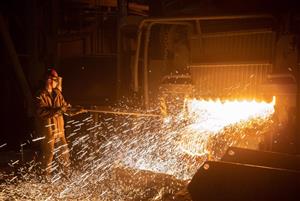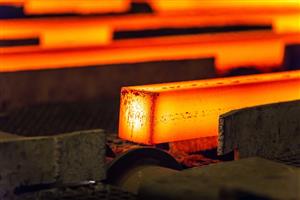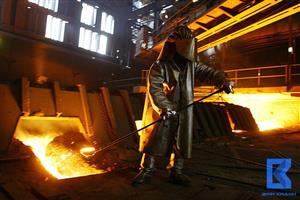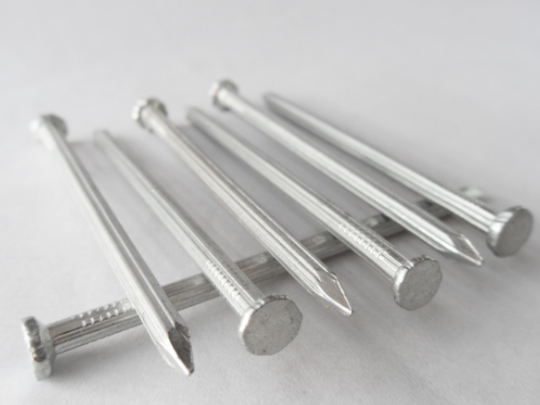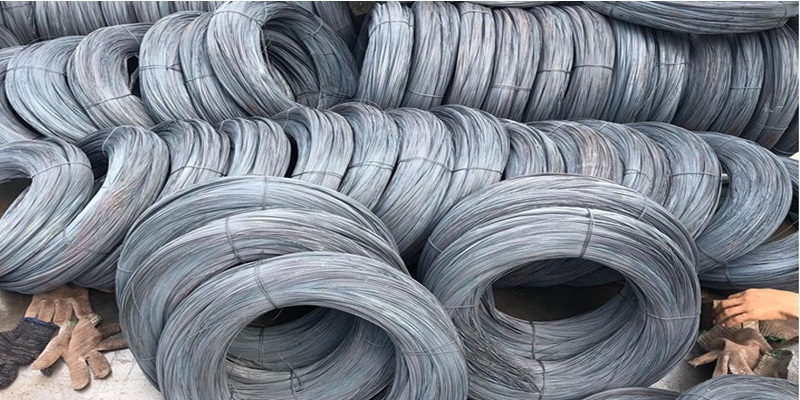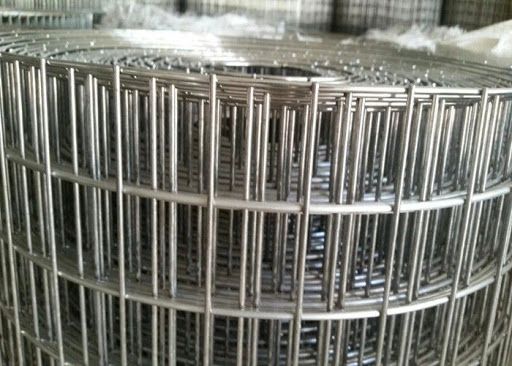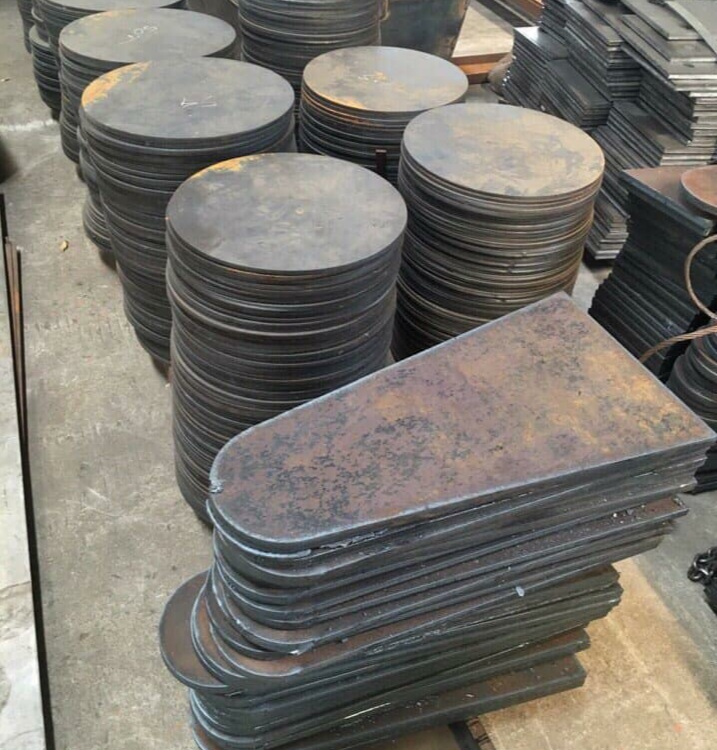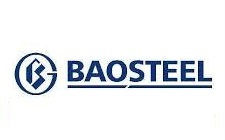China's steel industry is entering a new era of uncertainty as a deepening property crisis drags demand and Beijing's construction-led growth model becomes increasingly unstable. Feasibility.
Market sentiment became shaky after iron ore prices rose sharply last week but this week fell for several consecutive sessions. A survey report showed that China's new home prices and sales in July were still in a downtrend.
Li Ganpo, founder and chairman of Hebei Jingye Steel Group warned that nearly a third of China's steel mills could go bankrupt under the squeeze.
"The whole sector is losing money and I can't see any notable turning points at the moment," he said.
The real estate crisis has exploded this year, engulfing property developers and damaging many banks. Steel mills that produced more than a billion tonnes last year, accounting for about half of global output, are particularly vulnerable to the drop. This also affects iron ore prices and iron ore operators from Australia to Brazil.
After more than a year of real estate headaches, the outlook is getting worse as the government tries to roll out massive bailouts and impose strict debt management regulations. The July steel purchasing managers index fell to its lowest level since 2008 and Goldman Sachs sees steel demand falling 5% this year. The real estate sector accounts for at least a third of China's steel demand.
In addition to the current crisis, the real estate sector is facing profound challenges as the growth model that China's economy has maintained for decades shows signs of strain. China is reluctant to deploy levels of infrastructure spending and fiscal stimulus to revive the sector after the massive financial crisis and property market downturn of 2015-2016.
Leland Miller, CEO of China Beige Book International, which oversees the steel industry, said: "This time is really different. With real estate having lost its preeminent growth engine cover, important commodities as important as steel no longer benefit from unlimited access to credit".
In the short term, the big obstacle for steel is the large number of unfinished projects, highlighted by the recent wave of mortgage payment boycotts. Construction steel prices also fell sharply, in which rebar - twisted steel reinforced concrete - fell to a two-year low last week.
Difficult times ahead
The market will remain complicated and difficult in the second half of the year and stimulus measures will take time to take effect, said Chen Shaohui, Vice President of Jiangsu Shagang Group.
Weak demand has shifted to iron ore, the main raw material for steel production. Iron ore futures in Singapore fell for a third day in a row on Tuesday and are down about 36% from their peak in early March.
China's steel industry is in a "strong decline on all fronts", Liberum Capital said, with it maintaining its sell recommendation to iron ore miners BHP Group Ltd., Rio Tinto Plc and Antofagasta Plc.
Meanwhile, steelmakers may be less likely to mention production cuts. Local governments are putting pressure on factories to stay open to stem the weakness in economic data.
According to SMM, a company specializing in providing information and data for the metal manufacturing industry, a total of 23 Chinese blast furnaces started production again between July 21 and August 1. Meanwhile, many other steel mills are expected to suspend operations in August because of losses or machinery maintenance.
A factory in Jiangsu, eastern China, said it continues to reduce output of rebar, coil and HRC due to low profits. Factory sources revealed that the factory may not increase production unless profit margins turn positive.
A factory in eastern China said it would try to maintain all finished steel production lines until August 6. The remaining two factories cut production due to unplanned plant maintenance.
Steel mills were once seen as champions in China's economic expansion, with some growing from rural foundries to multi-billion dollar conglomerates. While real estate activity will stop shrinking at some point, the chances of this activity delivering on the boom that has fueled Asia's largest economy over the past few decades seem slim. fragile.
"The third quarter will be the most difficult time for the steel industry. We should give up all illusions about the market and focus on what can be solved by itself," said Zhu Guosen, deputy director at the public research institute. technology of Shougang Group said.
Cafef
 English
English  Vietnamese
Vietnamese
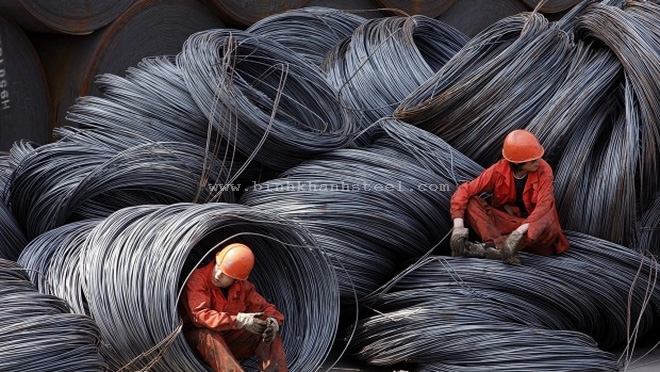
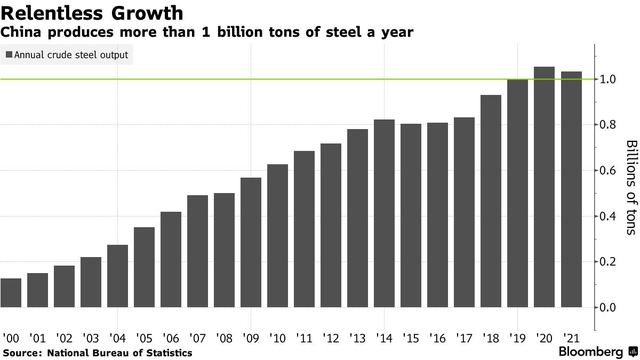
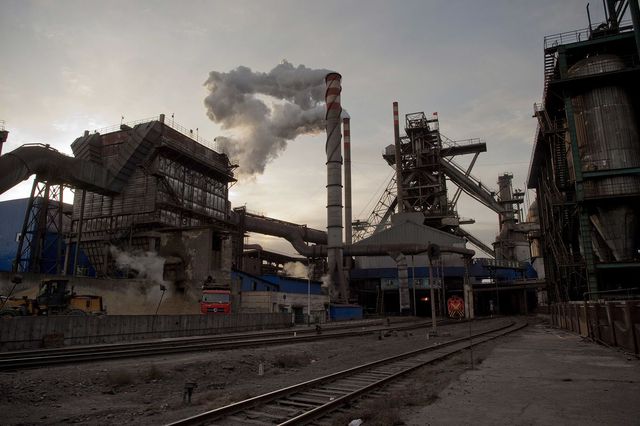


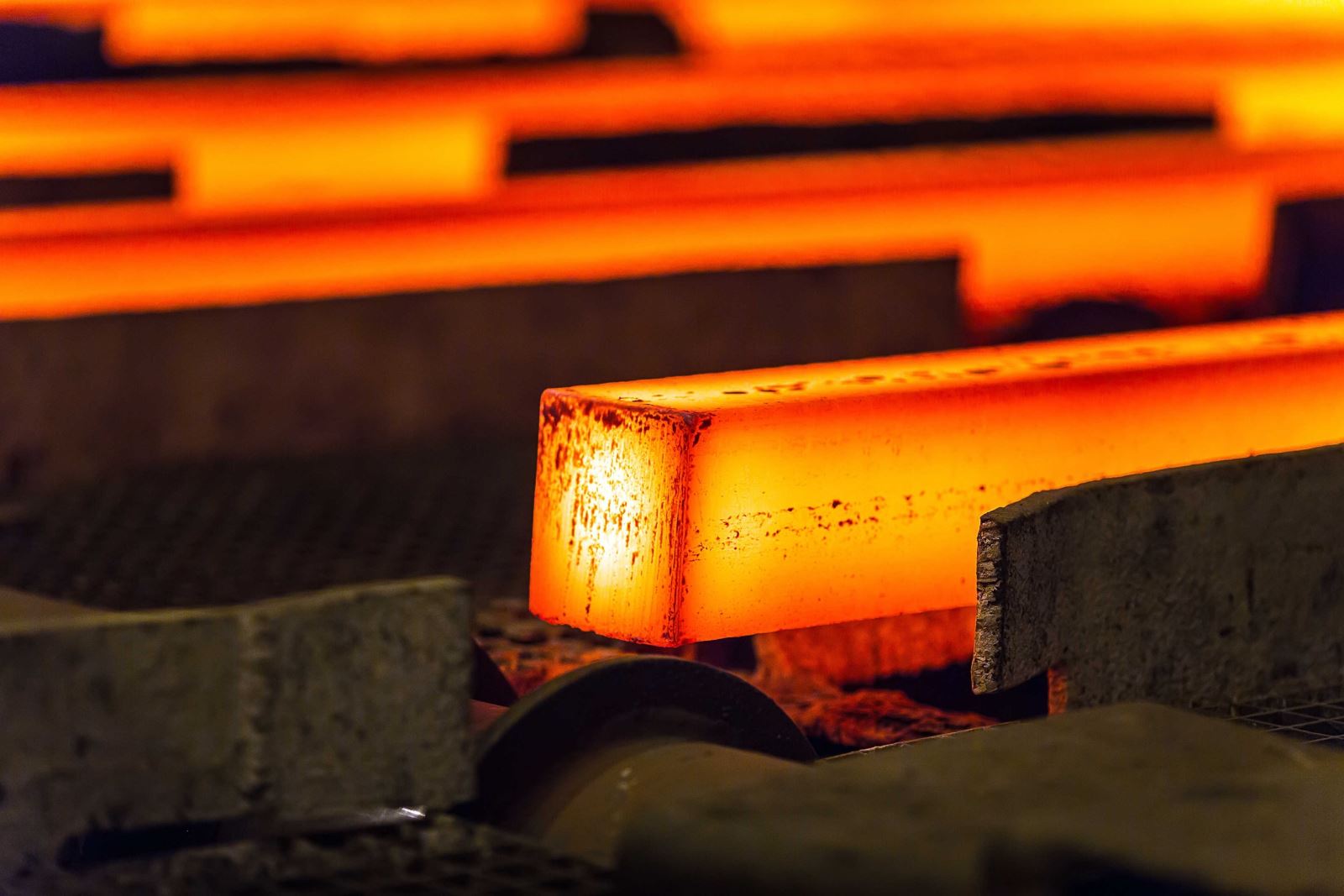
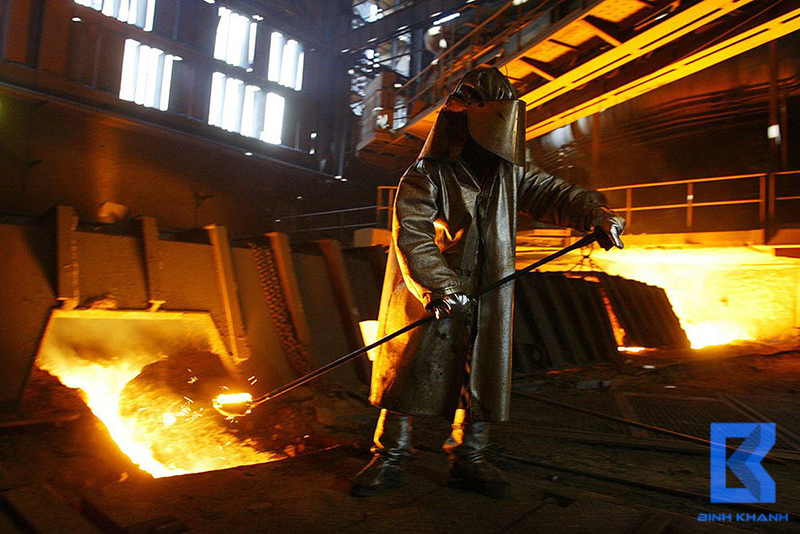

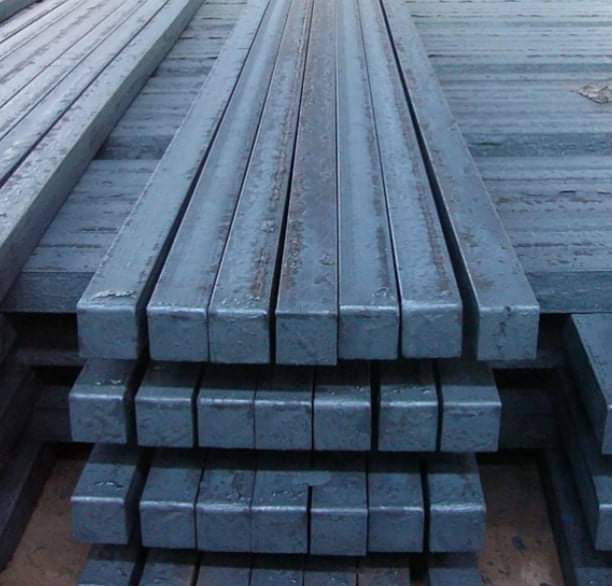

w300.jpg)
